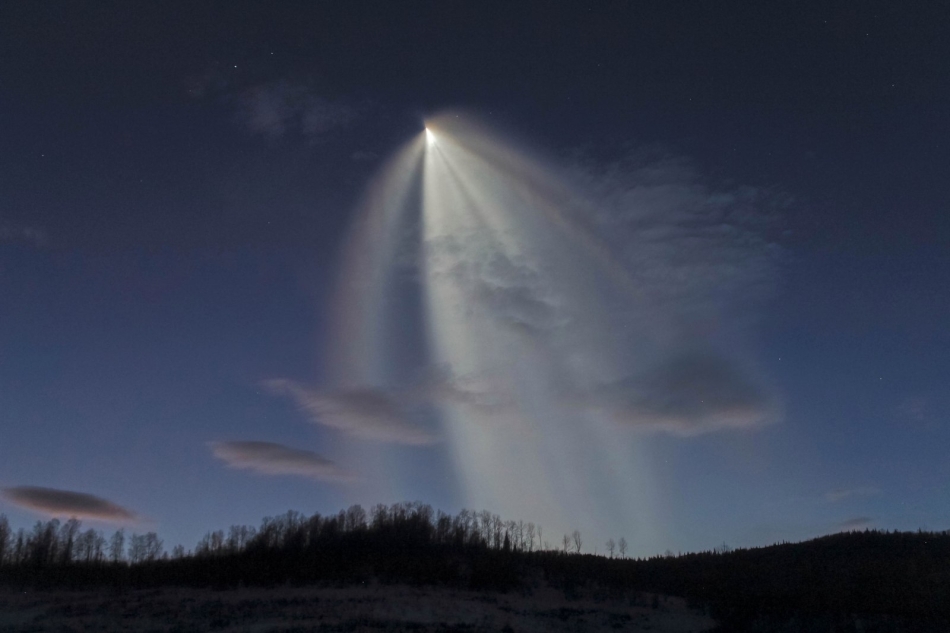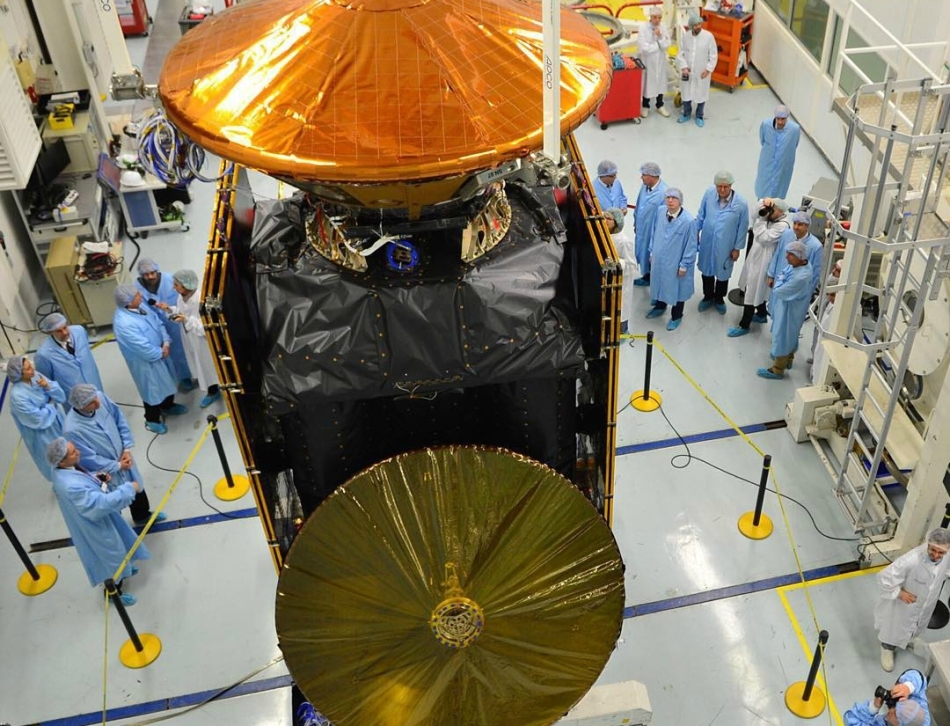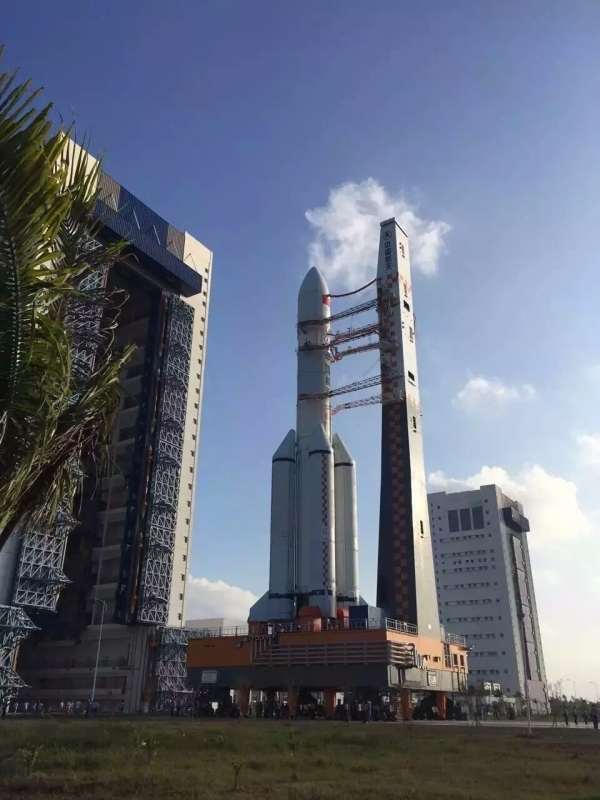Results of space 2015 and the most anticipated events of 2016

2015 was very successful in terms of space. Mankind finally looked closely at all the objects that they called planets (yes, such an awkward structure had to be invented, because Pluto was retrained into dwarf planets, and all the dwarf planets had not yet been visited by automata). I offer you a small review of the brightest events of 2015 and the most expected ones - 2016.
Piloted astronautics
The main event of 2015 on the ISS is the annual mission. Mikhail Kornienko and Scott Kelly, who started in March 2015, have almost completely run the “space marathon”. Despite the fact that this mission will not set records for the duration of a man’s stay in space (Valery Polyakov with 437 days seems to be a record holder for a long time), the scientific value of this flight cannot be underestimated. Russian scientists will refresh the knowledge of twenty years ago, when the Poles flew, and NASA will receive new information for themselves, because they did not have such long flights. Separately, it is worth recalling the unique setting of the NASA experiment - Scott Kelly has a twin brother who remained on Earth, and, on Scott's return from orbit, doctors will “torment” both of them. The need to “shuffle” the ships due to the impossibility of returning Kelly and Kornienko on the same ship on which they launched (the “Union” is only half a year guarantee in space), revived visiting expeditions, thanks to which citizens flew to the ISS for the first time in the history of the respective countries Denmark and Kazakhstan. Also in 2015, the first male astronaut from the UK flew to the ISS - the first English astronaut was a woman.

Start "Soyuz TMA-19M"
And since the ISS is the usual scientific work - the flowers are grown , then the energy is collected using a laser to "Progress" to transmit. Weekly plan of experiments can be found here .
In February 2016, the BEAM inflatable module of the company Bigelow Aerospace, the launch of which slid down in 2015 due to the RI Falcon accident, should go to the ISS in the trunk of a Dragon cargo ship. Russian new modules - “Science” and the Nodal Module have shifted already in 2017.
As for manned spacecraft, a new modification of the Soyuz, Soyuz-MS, should start in the summer of the ISS. On the new ship, the equipment for communication with the Earth will appear on all parts of the orbit through the repeater satellites; in addition, the solar batteries and the communications and direction finding system will be improved during landing. At the end of 2016, the first unmanned test flight of the promising American ship Dragon v2 is expected, but such plans often shift to the right, I would not strongly hope that the launch will not be delayed. Starliner CST-100 will fly no earlier than 2017, and the next flight of the Orion is scheduled for 2018.
China is going to continue its manned program. In 2016, the launch of the new space station Tyangun-2 and the flight of the manned spacecraft Shenzhou-11 to it are expected. The new station will be equipped with two docking stations and will allow for relatively long missions with receiving cargo supply ships. The last time Chinese taikonaut were in orbit in 2013.
Continues the development of manned ships India. In addition to the capsule, the layout of which successfully tested the landing system at the end of 2014, information appeared on the mini-shuttle RLV-TD, which is also being developed by the Indian space agency. There is little news yet, but there is information about plans to test the mini-shuttle and the hypersonic engine in 2016, so India can please us with interesting space news.
')
Layout RLV-TD
Scientific unmanned cosmonautics
If 2014 can be called the year of the comet, then 2015 is definitely the year of the small planets. Since March, the Dawn apparatus ( photo gallery ) has been in the orbit of Ceres (the asteroid belt between Mars and Jupiter). The main secret of Ceres became bright spots, which, according to the latest data, can be ice or salts. In July, the New Horizons station flew past Pluto ( photo gallery ). It is curious that scientists regularly assume that in the cold backyards of the solar system, the relief will be shapeless and uniform, and they are also regularly mistaken. Both on Titan (satellite of Saturn) and on Pluto they found a complex relief formed by various processes that occur even in cold conditions below one hundred degrees Celsius. On Pluto, for example, water plays the role of stones and lava.
In 2016, such an unambiguous classification of the year will not work. In July 2016, a Juno probe flying from 2011 should go into Jupiter’s orbit. Its peculiarity is that it works on solar batteries, and not radioisotope generators. In the vicinity of Jupiter, a very tense radiation situation, there is a risk that the batteries will quickly deteriorate, it remains only to wish Juno a long and successful work. On March 14, the most nervous launch of the year should take place - the Proton-M launch vehicle should send the ExoMars Trace Gas Orbiter probe and the Schiaparelli landing gear to Mars.

Probe ExoMars
If all goes well, the probes will arrive in Mars in October.
Scientific devices were launched in 2015 and will be launched in 2016 and India and China, but they are relatively less noticeable compared with the Indian Martian probe, which has been operating since 2014 in the Martian orbit or the Chinese lunar landing gear Chang'e-3 of 2012, so I will not them dwell in detail.
Applied unmanned space program
Where space brings measurable benefit at once, launches go in jambs, so I will not talk in detail about dozens of communications, reconnaissance and meteorology satellites. From the notable launches of 2015, I would single out the launch of the meteorological Russian geostationary Electro-L No. 2, which I would call the most nervous - the Zenit launch vehicle started, most likely for the last time in its career, and after a long break that could affect the success of the launch. In 2016, the navigation systems will be actively developed - the European Galileo (global) and the Indian IRNSS (local) should start work, the satellites are actively being output, and their number will be sufficient to start commissioning the systems.
Removal vehicles
In 2015, for the first time, two light Chinese missiles were launched - the “Long March 6” and the “Long March 11”. 2016 should be brighter - the first launches of two Chinese missiles are planned for it - the heavy “Great March-5” (25 tons to a low near-earth orbit!) And the medium “Great campaign-7” (13.5 tons to NOU).

Great hike-5
The Chinese, alas, are unlikely to arrange a gorgeous show of these launches, but Elon Musk with his heavy Falcon Heavy rocket will probably not miss his chance. It’s no joke - the declared carrying capacity of 53 tons, the overflow of fuel to the central stage was announced, and all three first-stage units will try to make a soft landing. In Russia, the first launch is expected from the new Vostochny cosmodrome.
It remains only to wish that in 2016 there were fewer accidents and more success.
Previous reviews for the summer of 2014 and summer of 2013 on the tag "space annual reviews . "
Source: https://habr.com/ru/post/367623/
All Articles